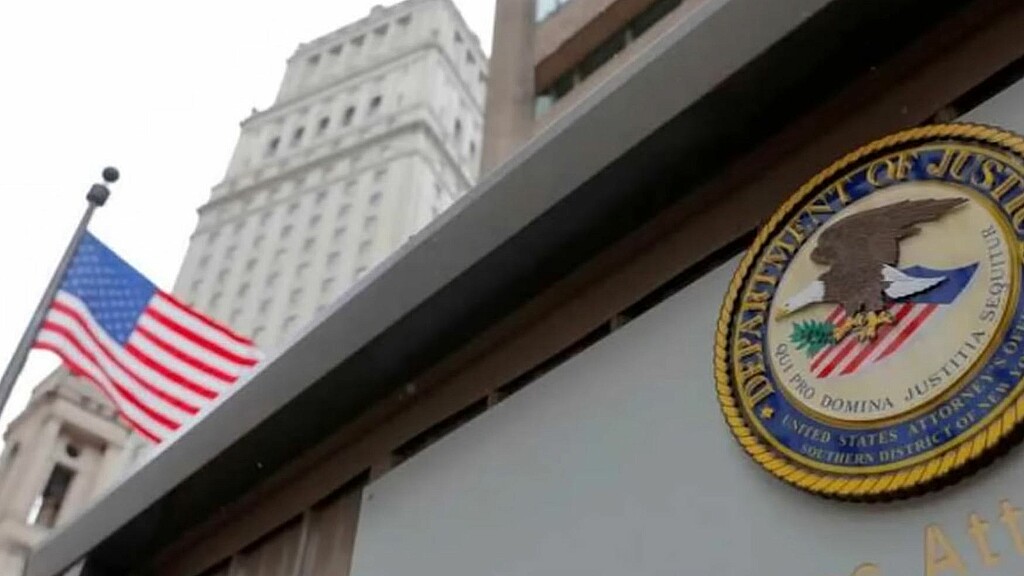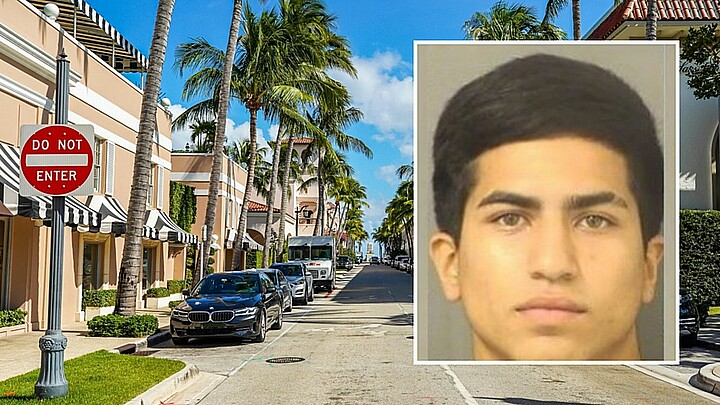Crime
U.S. shatters Cuban transnational crime network that lured, kidnapped and tortured migrants
Miami Beach resident Javier Hernández was sentenced to 95 months in federal prison for his role in the ‘Cuban Mafia in Quintana Roo’ criminal network

February 16, 2024 8:30am
Updated: February 16, 2024 9:19am
U.S. and Mexican law enforcement dealt a significant blow against an organized crime network that has spread terror and corruption across a vast geographic expanse stretching from Cuba to South Florida and Spain, according to information released by the U.S. Attorney’s Office for the Southern District of Florida.
Javier Hernández, 50, was sentenced to 95 months in federal prison for his role in the criminal network known as the ‘Cuban Mafia in Quintana Roo’, an infamous group that has engaged in organized illegal activities since 2009, and extending its tentacles through Miami, Mexico, Spain, and Cuba.
Hernández was found guilty in a Miami federal court of a number of serious crimes ranging from conspiracy to promote illegal migration to the U.S. to the transportation of stolen vessels and bribery of public officials. These verdicts, delivered by a jury, reflect the insidious scope of the criminal activities in which Hernández was involved, shedding light on a dark web of corruption and violence.
The modus operandi of the Cuban Mafia in Quintana Roo has been meticulously outlined by federal prosecutors in the Southern District of Florida, revealing a pattern of ruthless extortion of Cuban migrants who fall into the clutches of this criminal organization.
The migrants, who have become hostages in Mexican lands, are subjected to a regime of terror where they are required to pay exorbitant sums of money for their eventual release and passage to the United States.
Javier Hernández and his accomplice, 38-year-old Ramón Reyes Aranda of Naples were identified as two of the key elements of the criminal operation.
The two were accused of stealing vessels on the west coast of Florida, which were later transported to Mexico to be used in the financing and execution of illicit activities. This stolen boat transportation scheme has been just the tip of the iceberg in the operations of this criminal gang.
Reyes Aranda pleaded guilty to participating in a money laundering conspiracy to promote stolen property trafficking and the bribery of public officials.
The evidence presented during the trial by federal prosecutors painted a dark picture of cruelty and excessive greed. From the transport of stolen goods to the ruthless extortion of innocent migrants, every facet of the organization’s operations revealed a blatant disregard for the law and the most basic human rights.
Prosecutors argued that members of this criminal organization have not hesitated to use the most extreme violence to achieve their illicit objectives.
The victims, mostly Cuban migrants, were desperate to find a better life in the United States.
Relatives of those kidnapped were told the victims faced the possibility of being murdered if they did not pay a ransom.
“The members of the migrant extortion racket required the victims to provide contact information of a family member from whom they would later demand a $10,000 USD ransom fee,” the U.S. Attorney’s Office press release says.
“The men contacted the victims’ relatives, some of whom were in Miami, and threatened to torture, starve, and kill the victims if the relatives refused to pay. If a victim’s relative was able to pay the ransom, the organization released the victim and sent them by bus to the United States-Mexico border with instructions to seek political asylum.
“The victims whose relatives were unable to pay the fee were beaten, threatened with knives and guns, and shocked with stun guns until they were finally rescued by Mexican authorities. Members of the organization also sought to profit from drug trafficking and fraud schemes.”
In addition to their criminal activities on free soil, members of the Cuban Mafia in Quintana Roo have spread their tentacles even behind bars. Prosecutors said that, while awaiting trial in the United States, the organization continued to operate from inside a federal detention center, violating court orders and trafficking illicit substances with the complicity of corrupt employees.
The transnational reach of the criminal network was ultimately revealed through an extensive multinational operation that unified Mexican and American law enforcement authorities.
The investigation included the Justice Department’s Office of International Affairs, FBI’s International Violent Crimes Unit, and the Justice Department’s Violent Crime and Racketeering Section as part of
ongoing efforts of the Operation Sisyphus Task Force, a multi-agency partnership established by the Organized Crime Drug Enforcement Task Forces (OCDETF) Priority Transnational Organized Crime Program.
Since 2012, Operation Sisyphus Task Force participants have secured the conviction of over thirty members and associates of the criminal organization.
According to the U.S. Attorney’s Office, among those involved in this latest organized crime plot are José Miguel González Vidal, Reynaldo Abreu García, Yohismy Pérez González, Yosvani Carbonel Lemus, Reynaldo Crespo Márquez and Jancer Sergio Ramos Valdés, all of them Cubans residing in Mexico at the time of the charges.
These individuals, along with Maikel Antonio Hechavarría Reyes and Mónica Susana Castillo of Mexican nationality, make up the command and execution structure of the Cuban Mafia in Quintana Roo.










